What order to plant a natural fence over a few years.
Han123
9 years ago
Related Stories
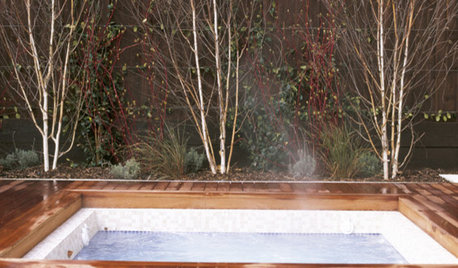
DREAM SPACESJust a Few Things for the Dream-Home Wish List
A sunken hot tub, dedicated game room, tree house, hidden wine cellar and more. Which of these home luxuries would you like best?
Full Story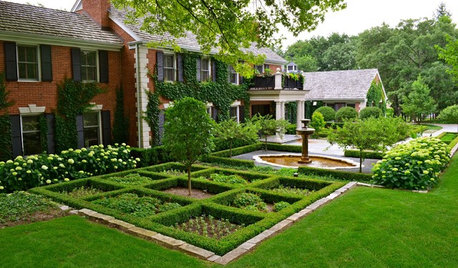
GARDENING GUIDESBoxwood: Still Shape-Shifting After 350 Years
Wild or mild, the humble boxwood still brings style and order to all kinds of gardens
Full Story
NATIVE PLANTS5 Ways to Keep Your Native Plant Garden Looking Good All Year
It’s all about planning ahead, using sustainable practices and accepting plants as living organisms
Full Story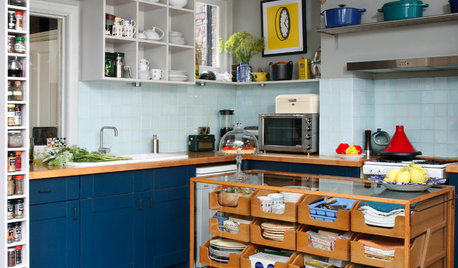
DECORATING GUIDESHow to Bring Order to Your Delightfully Eclectic Room
You've picked up your furniture and finds over the years — here's how to tie it all together
Full Story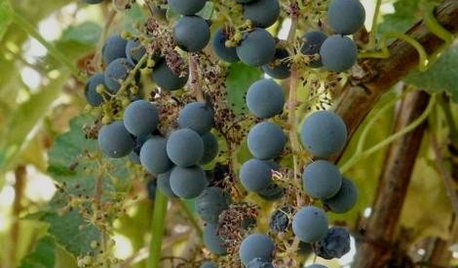
GARDENING GUIDESGreat Design Plant: Try California Wild Grape for Interest All Year
Sure, it’s stunning in fall. But the spring buds, summer grapes and gnarled winter vines are gorgeous too
Full Story
ORGANIZINGDo It for the Kids! A Few Routines Help a Home Run More Smoothly
Not a Naturally Organized person? These tips can help you tackle the onslaught of papers, meals, laundry — and even help you find your keys
Full Story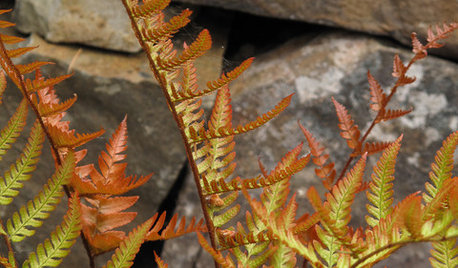
GARDENING GUIDESGreat Design Plant: Autumn Fern Adds Color All Year
Use this evergreen, easy-care fern for soft texture and coppery tints in container gardens and the landscape at large
Full Story
GARDENING GUIDES8 Native Shrubs for Year-Round Bird Feeding
It’s not just about berries. These plants provide insects for birds and seasonal interest for gardeners
Full Story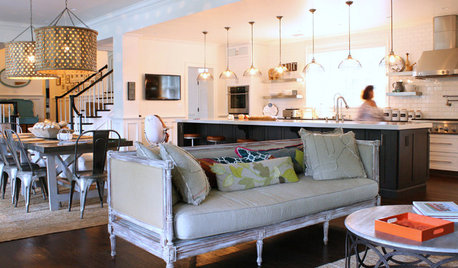
HOUZZ TOURSMy Houzz: Home Full of Boys Achieves Order and Inspiration
A 3-month overhaul produces an organized and inviting space fit for this Florida family of 9
Full Story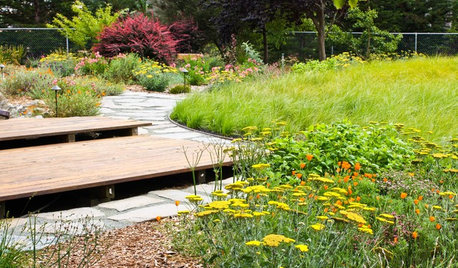
GARDENING GUIDES8 New Ways to Garden This Year
A successful garden means knowing the plants, the wildlife and yourself
Full StoryMore Discussions









gardener365
ken_adrian Adrian MI cold Z5
Related Professionals
Norfolk Landscape Architects & Landscape Designers · Parole Landscape Architects & Landscape Designers · Rancho Palos Verdes Landscape Architects & Landscape Designers · Bell Gardens Landscape Contractors · Choctaw Landscape Contractors · Firestone Landscape Contractors · Homewood Landscape Contractors · Las Vegas Landscape Contractors · Louisville Landscape Contractors · Pikesville Landscape Contractors · Plantation Landscape Contractors · Riverview Landscape Contractors · Salmon Creek Landscape Contractors · Wallingford Landscape Contractors · Whitehall Landscape Contractorswannabegardnr
midtn
Han123Original Author
cearbhaill (zone 6b Eastern Kentucky)
unprofessional